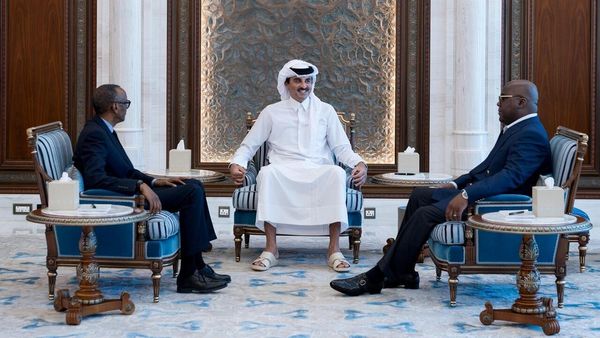The Federal Reserve will be one step closer in the week ahead to ending its current cycle of raising interest rates.
That offers cold comfort to borrowers, yet it may steel economic optimists.
The central bank’s interest rate setting committee meets Tuesday and Wednesday ending with the very likely announcement that it will raise its target borrowing rate by another half of a percentage point. That would bring it to 1.5 percent, a sharp increase from 0 percent in March.
This third hike of 50 basis points in three months won’t move the markets much. What may fuel stock and bond prices is how well the bankers convince the markets they remain steadfast in their fight against inflation while addressing the increasing worries of a recession.
The Fed always is straddling its dual mandate of full employment and stable prices. The strong job growth has given the agency cover to go after generation-high inflation.
Increasingly, the central bankers are navigating a thin tightrope — tamping down inflation through higher interest rates while talking up the economy’s ability to withstand higher borrowing costs and the Fed reducing its enormous portfolio of U.S. government bonds and mortgage-backed bonds.
“Our economy needs to stand on its own,” Federal Reserve Bank of Atlanta President Raphael Bostic told me last month. “We’ve done all the things that we did to make sure that the economy didn’t collapse” during the early weeks of the COVID-19 pandemic.
Now the Fed is faced with a different challenge — to battle inflation while offering a convincing case the economy can withstand that fight without retreating. So far, the economic data is on its side even if the stock market is skeptical.
The corporate data are less clear. Target cut its profit prediction for the second time in three weeks. Snapchat warned in late May that the economy “deteriorated further and faster than anticipated.” In early June, Microsoft sliced its earnings forecast. They each pointed to different culprits for their profit warnings: too much inventory, a stronger dollar, a slowing economy.
Long-term investors know the Fed must continue tackling inflation while not tripping up the economy.







